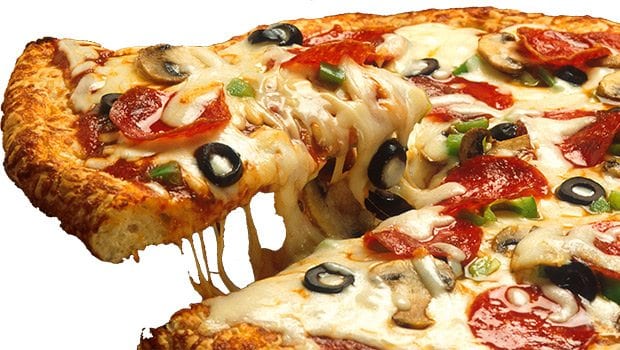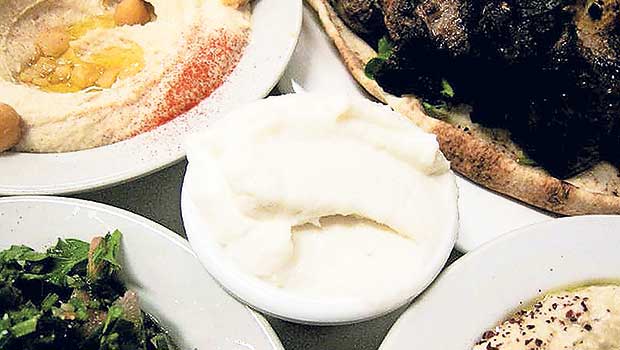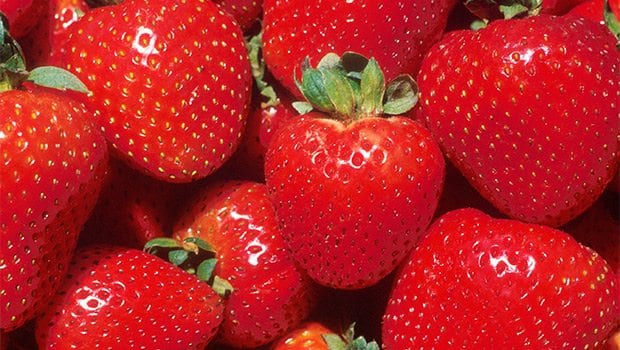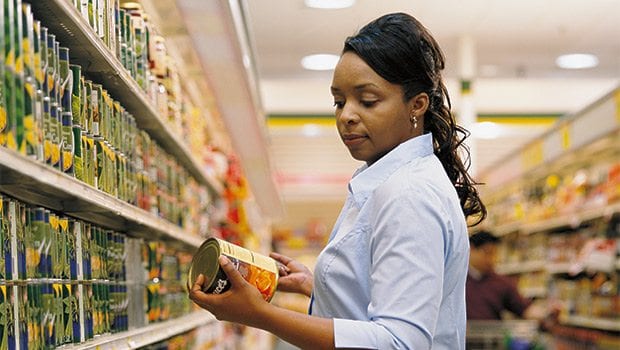Sodium: an essential mineral
But there can be too much of a good thing

Sodium gets a bad rap, but actually it’s one of the good guys. It is one of the seven essential minerals the body needs to survive. Without sodium, your muscles would not contract, and your nerves would not transmit messages. Your body would retain too much fluid.
Here’s the problem. The body cannot make sodium on its own and instead relies on you for its supply. It doesn’t need much. Actually, 500 milligrams would do the truck. The 2010 Dietary Guidelines for Americans recommends that generally healthy people should consume no more than 2,300 mg of sodium a day. Those with chronic disease, such as high blood pressure or congestive heart failure, should consume less – only about 1,500 a day.
But we consume so much more. From 2007 to 2008 the average daily U.S. sodium intake was 3,266 mg, according to a report from the Centers for Disease Control and Prevention. An updated report from the CDC found that by 2014 the intake increased to 3,409 mg.
That’s not a good thing. Too much sodium can lead to heart disease, high blood pressure, stroke and kidney disease.
In truth, it’s hard to escape sodium. It exists even in natural foods, such as eggs, milk, beets, carrots and meat. Just one stalk of celery contains roughly 50 mg. The amount in these foods is miniscule, however. The culprits are processed, packaged and restaurant food, said the American Heart Association. Overall, more than 75 percent of our dietary sodium comes from these three sources.
There is a misperception that if we refrain from adding salt while cooking or at the dinner table, that should solve the problem. Not so. Table salt contains only 40 percent sodium, and makes up only about six to 10 percent of the total sodium intake. Even if you never add salt to food, you could still be consuming too much sodium.
In its updated report, the CDC examined the differences in sodium intake by gender, age and ethnicity. Males, those between 20 and 50 and Asians had the highest mean sodium intake. At 3,381 mg blacks had the lowest. Preference for particular foods also differed by race. Non-Hispanic blacks had a penchant for pizza and sandwiches, such as burgers and hot dogs. Asians preferred soups, while whites overdid it with breads. Hispanics got their sodium from tacos and burritos.
It is possible to tamp down the sodium habit. You just have to know where it’s lurking. Many people expect the food to taste salty, but that is rarely the case. Restaurant food contributes more sodium per calorie than other sources, according to the CDC. Salt enhances flavor, and is used freely when preparing meals in restaurants, but not to the point to overwhelm the taste.
The Food and Drug Administration has encouraged food manufacturers and restaurants to gradually lower the sodium content in food products, but this is voluntary. The response has been lukewarm at best.
In the interim, it’s up to you to keep a look-out. Sodium content is listed on every Nutrition label. It adds up quickly. Try to limit yourself to foods that contain 500 mg or less of sodium per serving. Don’t go cold turkey. Your palate has adjusted to sodium-heavy foods. It will take a while to wean yourself off them. According to the AHA, you will eventually begin to prefer lower-sodium foods. Just give it time.
Below is a list of the foods that contain the largest amount of sodium per serving.
Foods high in sodium
- Breads
- Pizza
- Sandwiches
- Cold cuts and cured meats
- Soups
- Burritos and tacos
- Snacks (chips, crackers, popcorn)
- Chicken
Source: Centers for Disease Control and Prevention







